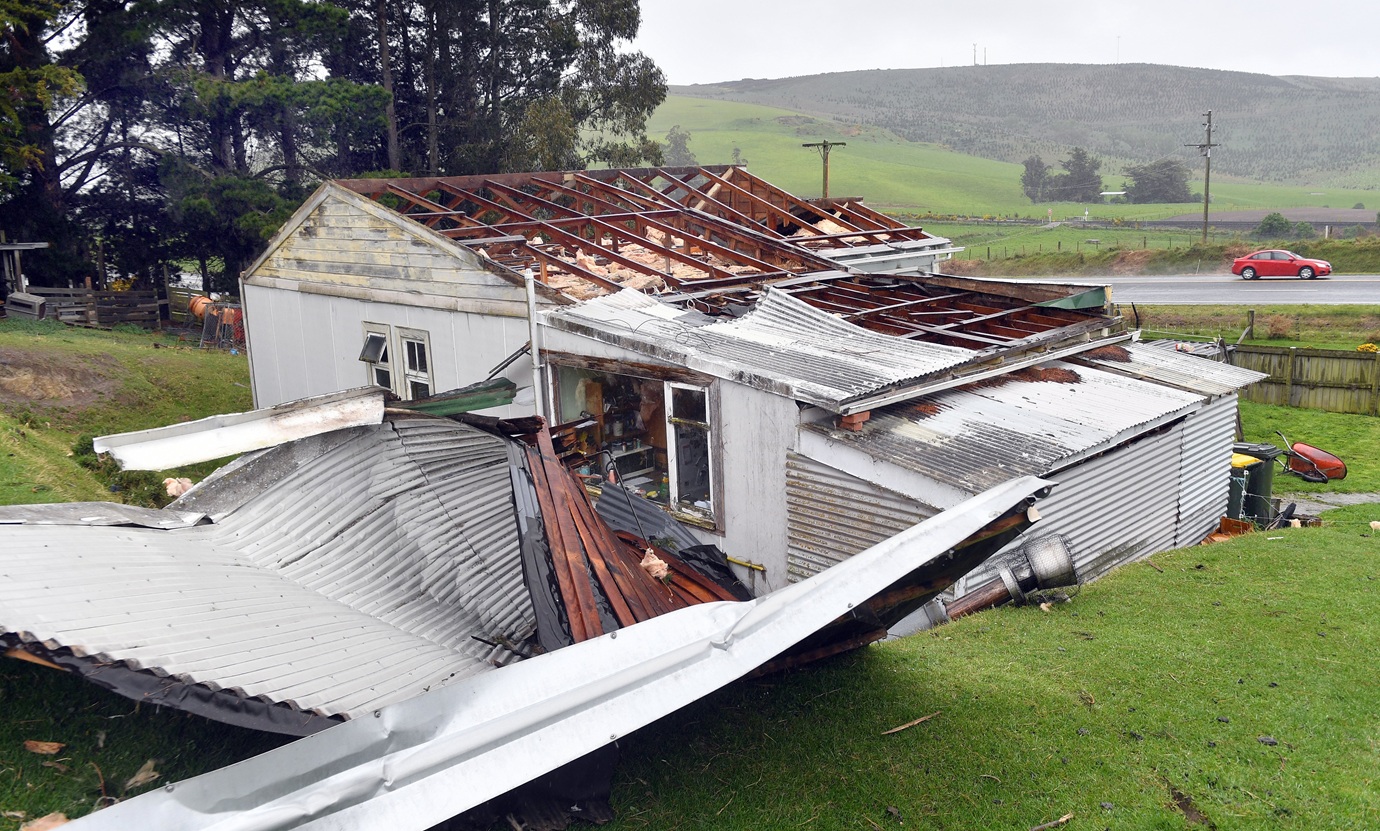

Floods, fires, storms and personal, community and infrastructure devastation are becoming regular features of local and international news feeds, with very strong evidence that climate change is contributing to the frequency and severity of such extreme weather events. Put simply, warmer land and sea temperatures increase the amount of moisture in clouds and the energy in storm systems. The failure of nations to reduce greenhouse gas emissions to a level that could rein in predicted global temperature rises means that we will continue to see the very real impacts of climate change on communities and infrastructure for decades to come.
Like a runaway train, past a certain point minimising collateral damage becomes more urgent than the overwhelming task of stopping. We appear to have reached that point globally regarding climate change. The shift in emphasis from preventive measures, specifically emissions reduction, to reactive disaster management has happened abruptly worldwide. Even so, communities barely have time to recover from one event before the next arrives. The roiling sequence of disaster events that now plays out globally week on week is focusing international attention on adaptation pathways and away from mitigation.
In the same week as the coalition government released its National Adaptation Framework, 1800-plus delegates from around the world assembled in Christchurch for the 8th United Nations Adaptation Futures conference. The aim of this flagship event was for practitioners, policymakers, researchers and educators to connect and share knowledge of how communities, institutions and governments are addressing the risks imposed by climate change. Presenters from around the world described the impacts of floods, fires and storms on people, livelihoods and the land itself.
Two main themes emerged from the conference: firstly, the importance of international and multi-sector partnerships in generating and sharing critical climate change adaptation knowledge and skills, and, secondly, the tremendous value that comes from empowering communities to plan and prepare for a climatically challenging future. It was very clear at the conference that resilience is a property of communities which already have the networks and facilities to respond to disasters. The inbuilt resilience that comes from being part of a close-knit community will become foundational to future disaster management. Especially critical to future resilience in Aotearoa New Zealand and across the Pacific are community hubs, such as schools, marae, fale tele and churches that are equipped to feed and accommodate groups, including whole communities.
While New Zealand’s new National Adaptation Framework is timely, it does not adequately prioritise either of these aspects of climate change adaptation. Weather systems do not respect political boundaries, yet no mention is made of learning from or sharing knowledge with international partners. Pillar 1 of the framework, ‘‘Risk and Response Information Sharing’’, involves investment in a new national hazard dataset and flood map. While large datasets are immensely valuable, climate data experts need to work alongside regional councils and communities to map how impacts will be realised at the local scale.
Risk mapping also raises equity issues. Relocation is only an option for those who can afford to move; for those in high-risk zones who have limited equity due to falling property values, unaffordable insurance premiums and a lack of other options, the impacts will be devastating.
Pillar 4 of the framework makes it very clear that costs of disaster recovery and adaptation will neither be funded nor managed centrally.
The most significant failing of the new framework is that it still approaches adaptation via top-down regulation. Nowhere in pillars 2 and 3 of the framework, which lay out roles and responsibilities and investment in risk reduction, is community empowerment mentioned.
If we have learned anything from Cyclone Gabrielle, the Tasman storms and the recent devastation in Southland, it is that the best approach to managing risk, responding to disasters and planning for adaptation is to devolve power and investment to communities. For example, working towards decentralised power and water infrastructure, community co-design of risk reduction interventions, and proper resourcing of key community hubs will provide much better return on investment than generalised regulation.
Businesses and industries also need to be held financially accountable for the real cost of their activities on local communities, forestry slash in Te Tai Rāwhiti and Tasman being just one example.
Finally, the sheer absurdity of launching New Zealand’s new National Adaptation Framework in the same week as announcing a weakening of methane emissions targets signals that the current government is wiping its hands of mitigation responsibilities. The runaway train of global climate change is still picking up speed, and while we can look down the track at what it is going to hit, we mustn’t give up on pumping the brakes.
Janice Lord is a professor in the University of Otago department of botany, Christine Winter is a senior lecturer in the university’s politics programme and Andrea Foley is an assistant research fellow in the physics department.












